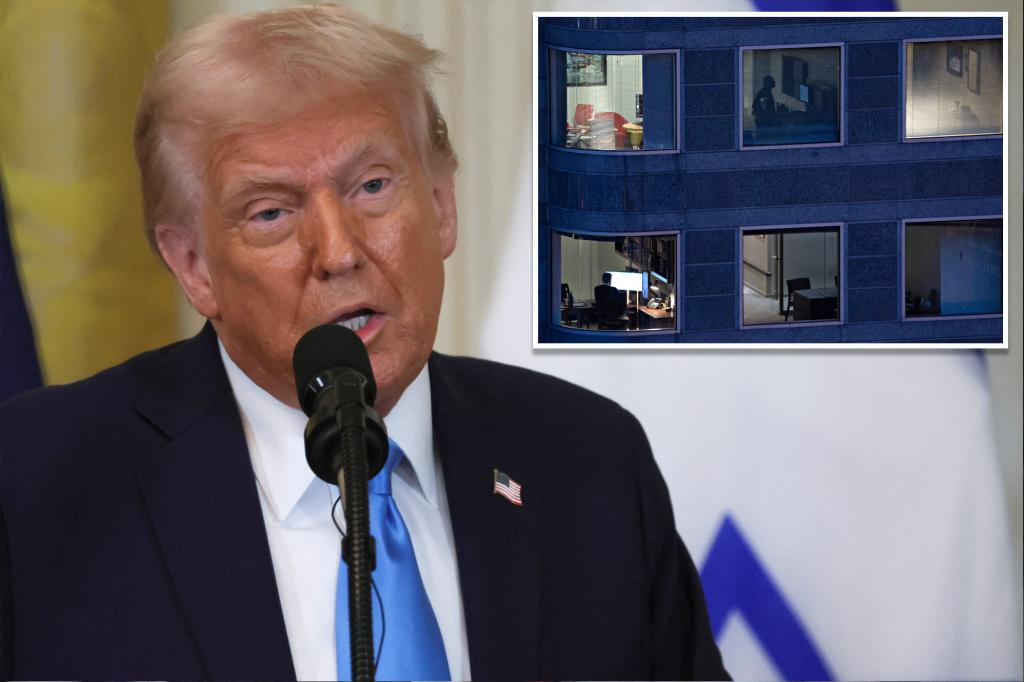The Trump administration has initiated a significant restructuring of the federal workforce, centered around a buyout program and impending downsizing efforts. The “Deferred Resignation” program, offering approximately eight months of pay and benefits to employees who voluntarily resign by a specified deadline, serves as the first phase of this transformative process. While the administration initially projected significant uptake, early figures suggest a lower than anticipated acceptance rate, raising questions about the overall effectiveness of this voluntary departure initiative. The underlying objective, according to administration officials, is to streamline government operations and achieve substantial cost savings for taxpayers.
Beyond the buyout program, the administration has signaled a broader strategy of agency downsizing and workforce realignment. The Office of Personnel Management (OPM) has communicated to federal employees that the majority of agencies will likely experience reductions in force, implemented through various mechanisms including restructurings, realignments, and potential furloughs. This sweeping approach marks a departure from traditional government workforce management and reflects the administration’s commitment to reshaping the federal bureaucracy. The stated goal is to create a more agile and efficient workforce capable of meeting the evolving demands of the 21st century.
The administration’s vision for the future of the federal workforce extends beyond mere downsizing. OPM has outlined four key pillars that will guide the restructuring process: streamlining and rightsizing, enhancing performance standards, fostering a culture of accountability, and modernizing operations. These pillars represent a comprehensive approach to workforce transformation, aiming to not only reduce the size of the government but also to improve its overall effectiveness and responsiveness. This multi-faceted strategy signals a significant shift in how the federal government manages its human capital.
The “streamlining and rightsizing” pillar focuses on reducing redundancy and eliminating unnecessary positions. This involves consolidating functions, streamlining processes, and potentially relocating physical offices. The objective is to create a leaner and more efficient organizational structure, reducing bureaucratic overhead and improving service delivery. This approach aligns with the administration’s broader goal of reducing the size and scope of government.
The “enhancing performance standards” pillar emphasizes a shift towards a performance-based culture within the federal workforce. This includes implementing more rigorous evaluation systems, linking performance to rewards and consequences, and promoting a culture of meritocracy. The aim is to create a more results-oriented workforce, focused on achieving tangible outcomes and delivering value to taxpayers. This represents a move away from traditional civil service protections and towards a more performance-driven approach to employment.
The “fostering a culture of accountability” pillar emphasizes transparency, ethical conduct, and responsible use of taxpayer dollars. This includes strengthening oversight mechanisms, promoting whistleblowing, and implementing stricter ethical guidelines. The goal is to create a more accountable and transparent government, instilling public trust and ensuring responsible stewardship of resources. This aligns with the administration’s broader focus on accountability and efficiency within the federal government.
The “modernizing operations” pillar focuses on leveraging technology and innovation to improve efficiency and effectiveness. This includes adopting new technologies, streamlining processes, and embracing data-driven decision-making. The aim is to create a more modern and agile government, capable of adapting to the rapidly evolving technological landscape and delivering services more efficiently. This represents a recognition of the importance of technology in driving innovation and improving government performance.
The administration’s restructuring plan has generated considerable debate and uncertainty within the federal workforce. While some view the downsizing and restructuring as necessary steps towards a more efficient government, others express concerns about the potential impact on employee morale, service delivery, and institutional knowledge. The long-term consequences of these changes remain to be seen, as the implementation unfolds and the impact on various agencies becomes clearer. The success of this ambitious undertaking will ultimately depend on the administration’s ability to effectively manage the transition and mitigate potential negative consequences.

